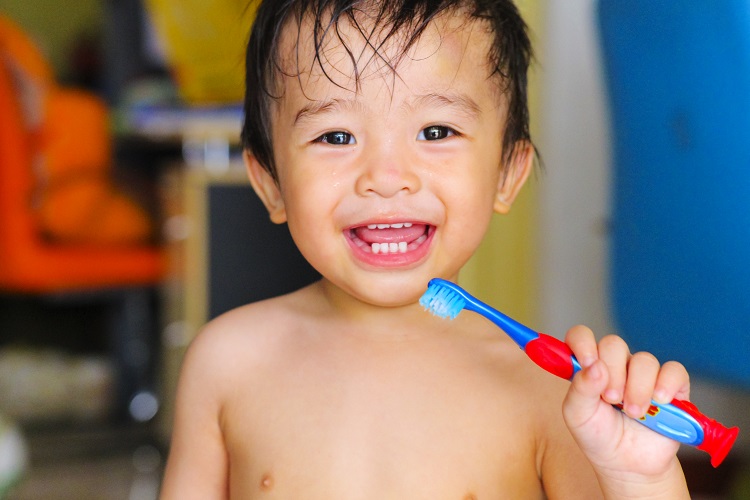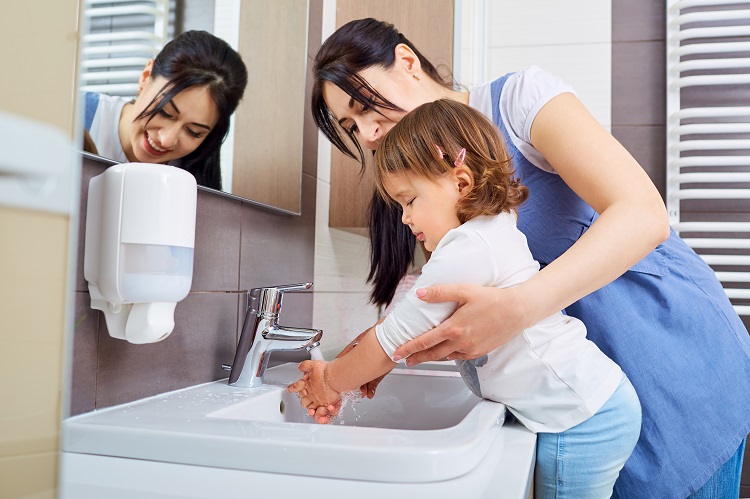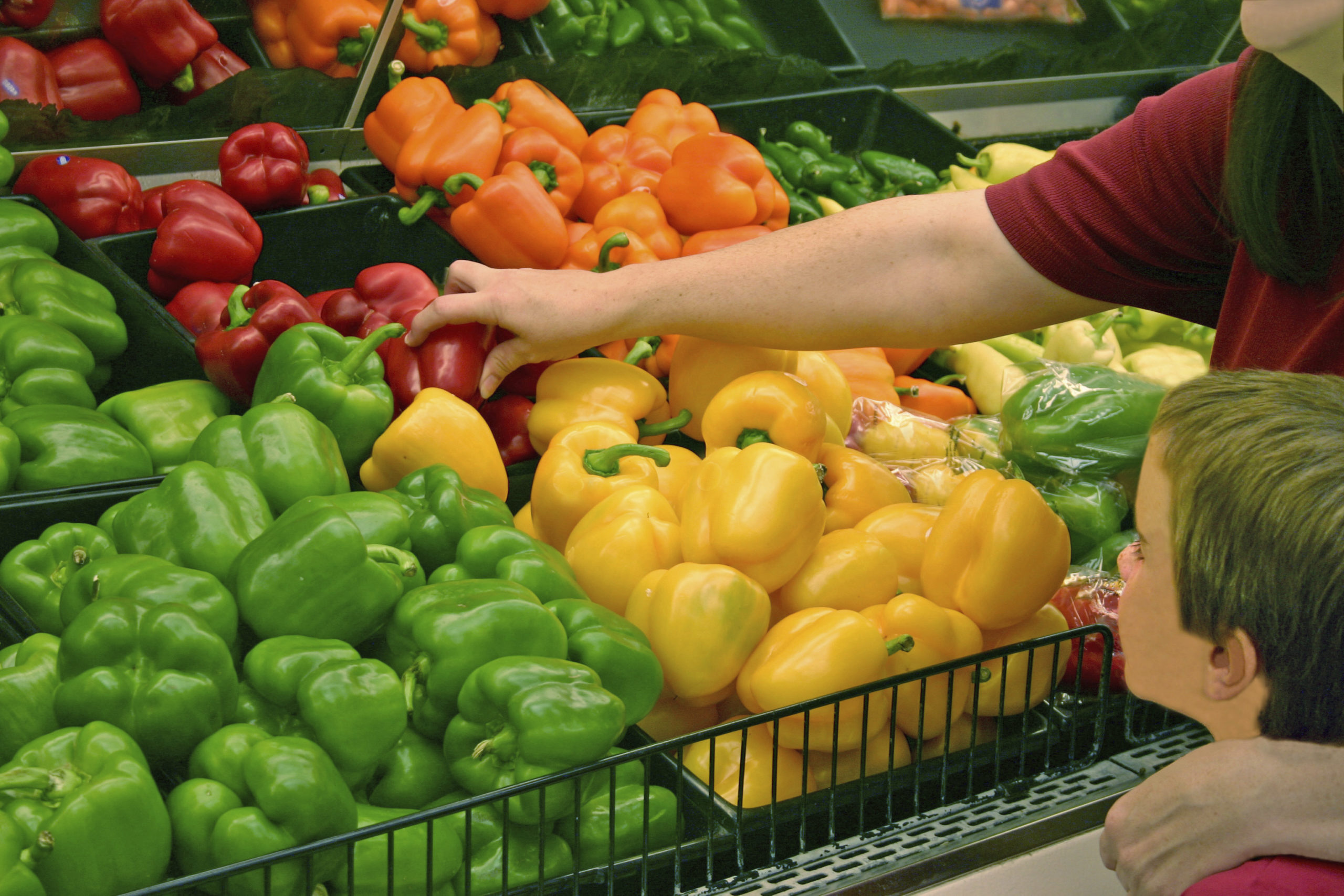How often, as a parent, do you hear your child saying, “Mom! Harrison keeps teasing me and won’t leave me alone!” Then your other child responds, “No I’m not, Mom! She started it!” As a child, you may remember fighting with your siblings. Now, as a parent, it seems as if your own children are constantly fighting over small disagreements. You may begin to feel like you are being stretched thin as you try to keep peace among your children and find yourself questioning, “Why do my children fight constantly?”
Siblings, in general, are not motivated to be nice to each other because they know their sibling will be there tomorrow. Sigmund Freud believed that from birth, children are locked in an external struggle for their parent’s affection. However, parental affection ranks last in terms of why siblings fight. The number one reason behind sibling fighting is sharing. Ultimately, fighting is a normal part of your child’s development. Fighting can help siblings create bonds that are stronger than their bonds with peers and/or parents. It can help them develop a sense of empathy and self-disclosure. These skills may then carry over into their future relationships and result in positive outcomes, such as better conflict resolution skills and social competence.
As for parents, it’s important to demonstrate positive strategies in resolving conflicts in a healthy manner by, for example, role modeling positive and cooperative arguments when your children are around. If you feel your children’s fights are becoming more intense or happening more frequently, there are a few ways for you to intervene and resolve the conflict peacefully.
- First, make sure your children are separated in the room and not physically hurting one another. Allow them to take a minute or two to cool down. You can help them by demonstrating deep breathing exercises.
- Second, get down to your children’s eye level and listen to both sides. This will allow your children to express their feelings and feel heard. Sometimes, kids maybe too upset to discuss the incident. In that case, you may need to separate your children if they are not ready to talk. Remember, you want to teach them self-calming techniques in order for them to be able to self-regulate their emotions.
- Once both children have calmed down, bring them together. Assist your children as they express their feelings to one another and help them use joint positive problem-solving strategies to resolve the problem.
- Lastly, follow up with your children and see how they are feeling about the conflict and whether the solution has worked for both of them.
Additional Resources
References
Edward, J. (2011). The sibling relationship: A force for growth and conflict. Lanham, Maryland:Jason Aronson [Imprint].
Recchia, H., & Howe, N. (2010). When do siblings compromise? Associations with children’s descriptions of conflict issues, culpability, and emotions. Social Development, 19(4), 838-857. doi:10.1111/j.1467-9507.2009.00567.x
Perlman, M., & Ross, H. S. (1997). The benefits of parent intervention in children’s disputes: An examination of concurrent changes in children’s fighting styles. Child Development, 68(4), 690-700. doi:10.1111/j.1467-8624.1997.tb04230.x









